The different types of digital camera
The world of cameras and photography is vast and sometimes confusing. Could you tell me much about your camera beyond the brand and whether you can change the lenses on it or not?
Perhaps you can, in which case you may be one use who know our cameras and lenses really well: the make, the model, the focal lengths, the aperture ranges, the sensor size. We’re the camera nerds who love playing with our camera, to work things out, to test its capacity, to really work with it. It’s what we love.
But, for many, a camera is there just to get photos for you while you’re on days out or on holiday, or to document your research or dig. You perhaps find yourself switching off when people start throwing photography tech terms at you.
But, if you want to come back from your holiday or your research with really great photos you won’t look at and think, ‘Ooof … I wish I’d …’, you’re not going to make things worse by understanding your camera a little more.
A good place to start is understanding the different types of camera. I think we’re all OK with the broad concept of digital cameras vs. film cameras. But, within digital cameras, there’s several different categories, and each has its strengths and weaknesses.
Broadly speaking, you have:
You also have have action video cameras (e.g. GoPro) and 360° cameras. And, of course, mobile phones, which is a topic in itself. But in this post I’m talking about the cameras we use to take a standard digital photo; the kind of cameras we use when on holiday, when visiting heritage sites, and those of us working in museums and on digs for research, documentation and collections databases.
However, before we get started, I’d like to explain about camera viewfinders, as they can play an important part in differentiating between some of the categories.
Viewfinders
The viewfinder is the eyepiece you look through to line up your photo:
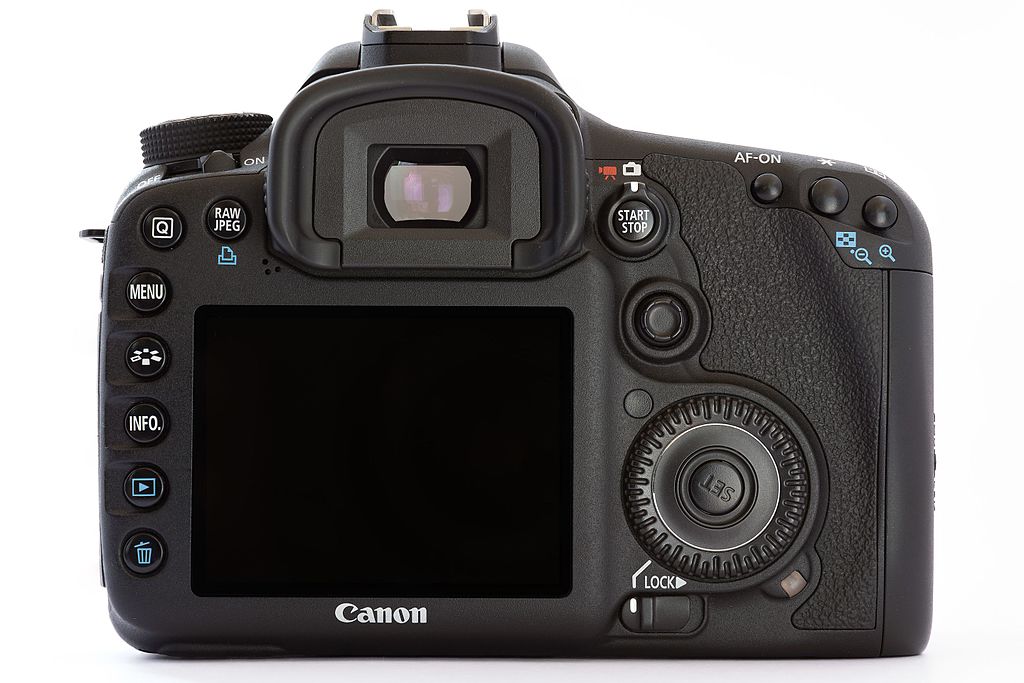
Some cameras have them, some don’t. Virtually all digital cameras have the live-view screen on the back of the camera. But, not all have a viewfinder.
There are two types of viewfinder: optical and electronic.
Optical viewfinders allow you to line-up your shot by allowing you to look through a simple glass eyepiece or through the lens. Rangefinder cameras have the viewfinder in the top corner of the camera:
DSLR viewfinders look through the lens, using a mirror sitting in front of the camera’s sensor to reflect the view up to the viewfinder, a bit like a periscope. When you take your photo, the mirror flips up out of the way of the sensor:
Electronic viewfinders use the camera’s sensor to generate a digital preview of how your shot will look. This is also how the live-view screen and mobile phones work. (Think about how you can change the exposure on your phone camera by tapping in different places on your screen, and you see it get brighter or darker in real time.)
Unlike an optical viewfinder, the digital preview shows you how your photo will look when you take it, so you can judge whether your photo will be exposed properly. This makes it easier to judge your exposure in low light and extremes of light without having to trust the camera to do it all for you.
OK, so, with that explained, onto the categories.
Compact cameras

Compact cameras are the point-and-shoot cameras with an integrated lens. They’re small (many are small enough to pop in your pocket), they’re portable, and you can snap photos quickly with just one hand.
Compacts can range from very basic point-and-shoot – with little capability beyond what you can achieve with a mobile phone (the main upgrade being the zoom lens) – to high-end pieces with comprehensive manual settings and professional-level options and image quality. While most have zoom lenses, there are a few models with fixed (non-zoom) lenses, and some come in the rangefinder style, with a viewfinder in the top corner of the camera.
They’re great if you want to blend into the crowd or you want something that won’t weigh you down or take up much space in your luggage.
Like mobile phones, compact cameras have electronic shutters (although some also have mechanical – physical – shutters). The electronic shutter works by simply switching the sensor on and off again. Electronic shutters don’t make any sound; sometimes cameras are set to make a simulated shutter sound, but this can be turned off so you can shoot silently. This can be really handy if you’re visiting places that need respectful peace, such as some art galleries, churches and tombs.
Not all compacts have the capability to be connected to external flashes, and they’re not particularly well-suited for setting up in a studio for lots of artefact photography. Many also have rather small sensors, which means they’ll struggle a little more in low light than cameras with larger ones.
DSLRs
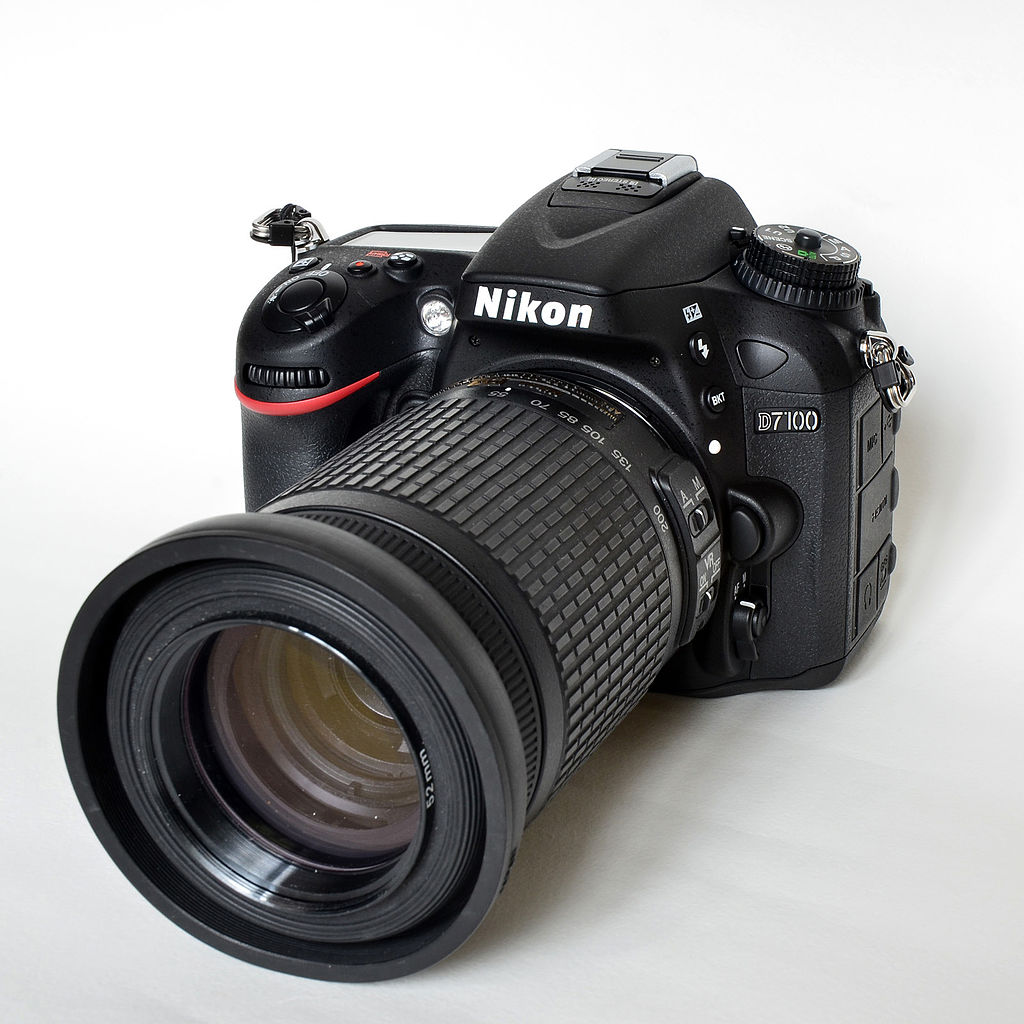
DSLR (Digital Single Lens Reflex) cameras have been the traditional choice for those who want a non-compact digital camera. They’re the Canon and Nikon workhorses that most professionals – from fashion photographers shooting models in a studio to photojournalists working in warzones – have been using since the digital camera became good enough to supersede film in quality, convenience and cost.
They have large sensors, great battery life, interchangeable lenses, and can be hooked up easily to computers and to multiples lights and flashes. As well as working really well on auto mode and aperture/shutter speed priority, you have full control over manual settings. This makes them a good choice for those working in museums, photographing artefacts, or working on digs.
DLSRs have mechanical shutters (a physical shutter that opens and closes to expose the sensor) and optical viewfinders, which some prefer, especially in low light where older electronic viewfinders can struggle. The disadvantage is that the mirror flipping up makes a loud clacky sound, which you don’t always want. Some DSLRs have a quiet mode or a silent mode, but these can either be complicated to use (such as keeping your finger held down on the shutter button so you can separate the mirror flipping up and the flipping back down again) or they come with restrictions on things like image resolution.
For many years, DSLRs have been the mainstay for anyone who wanted something beyond the capacity of a compact camera. They can be pretty sturdy for taking on holiday, the good battery life can be a real boon when on days out, and you have a wide range of lenses to choose from.
What can make them restrictive for some, however, can be their bulk and their weight and their noise levels. And for some – me included – the lack of electronic viewfinder is a no-no.
Bridge cameras

Bridge cameras are, basically, beefed-up compact cameras in a bigger body.
They were designed to be more of an all-in-one than compacts for taking on holiday, giving you full control over settings like a DSLR, but without the weight and multiple lenses. One of the main selling-points of bridge cameras is their ‘super zoom’. These cameras have an incredible zoom range, from wide angle through to very, very zoomed in. To get the equivalent amount on zoom on a DSLR camera, you’d have to be lugging around huuuuge lenses.
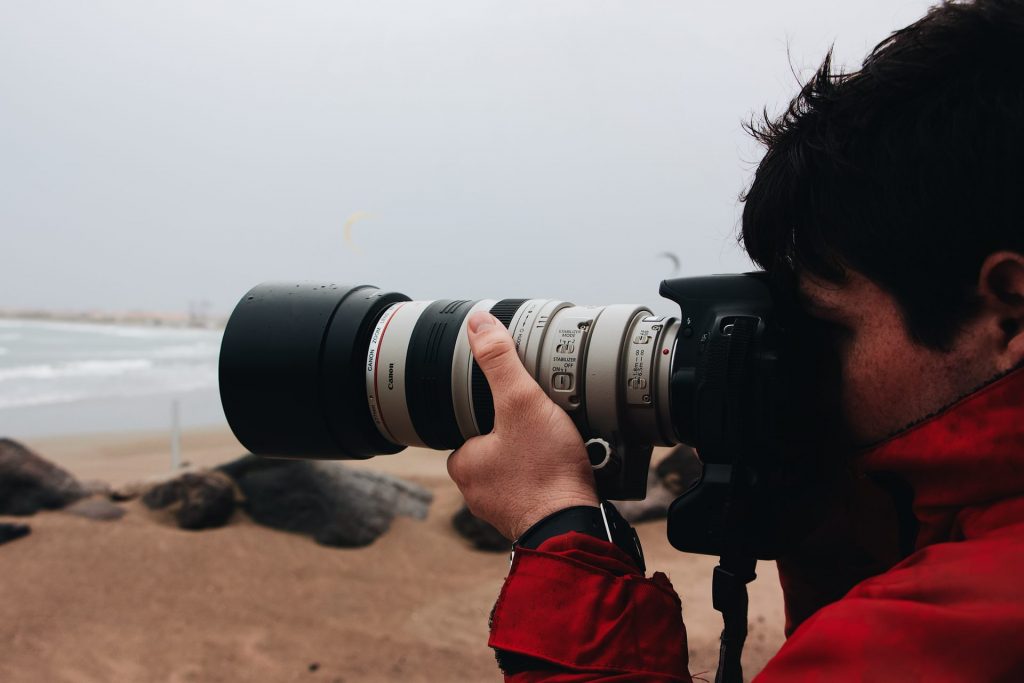
Bridge cameras can be ace for taking on holiday to get both those lovely, wide, sweeping shots of temples and landscapes, as well as all those gorgeous details at the tops of temple pillars and roofs, all with just the one, not-too-neck-breakingly-big camera.
Like compacts, bridge cameras often come with quite small sensors, and not all can be attached to external flashes. They use electronic shutters and viewfinders, and have no mirrors. They’re probably best being used what they were designed for: for personal use on holiday or on days out and about.
Mirrorless cameras
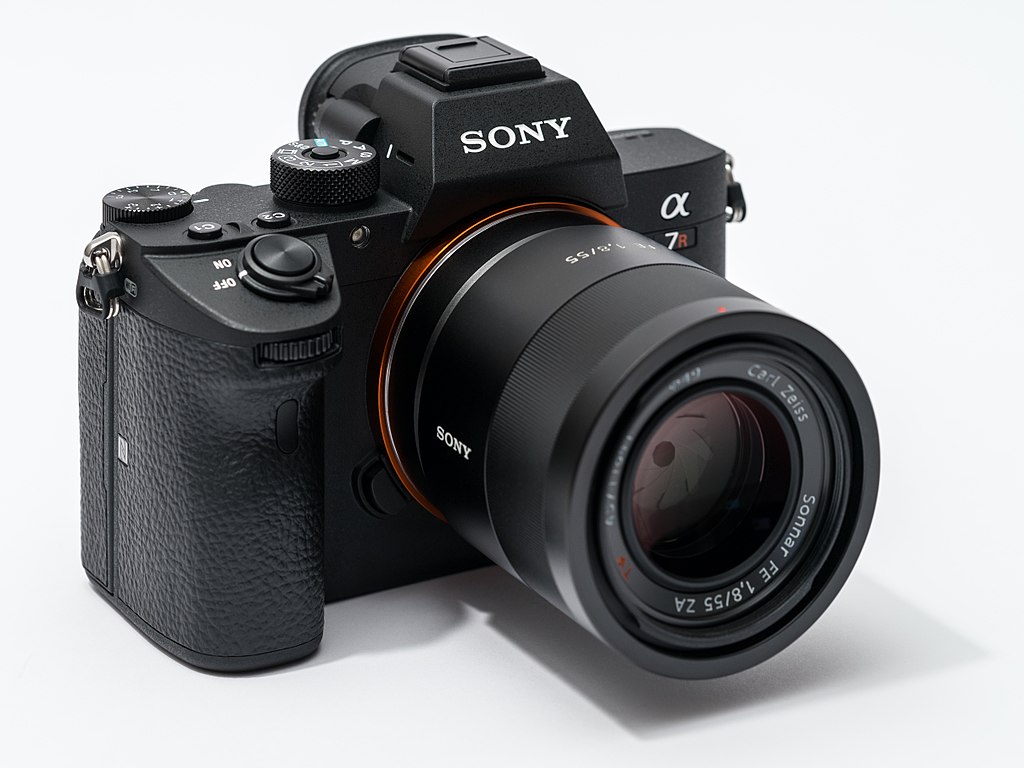
Mirrorless – aka compact-system cameras – started off as something halfway between compact/bridge cameras and DSLRs. However, they quickly became popular, and many of the camera manufacturers have put the bulk of their research and development into them to the point that they’re rivalling and, in some cases, superseding the DSLRs.
Like DSLRs, mirrorless cameras have interchangeable lenses, larger sensors, full manual capability, and are good for connecting to external flashes and computers.
Like compact and bridge cameras, they’re smaller and, therefore, lighter and more portable than DSLRs.
They have electronic viewfinders, and have both mechanical and electronic shutters. Although the mechanical shutter does make a sound, the lack of mirror means it’s not as loud as a DSLR. And if you switch to the electronic shutter, you can shoot silently.
Whilst all categories of camera have a great choice of makes and models, mirrorless probably win the prize when it comes to variety of type, size and form.
You have the small rangefinders, rivalling the compacts in size. You have both smaller and larger DSLR-style cameras with interchangeable lenses. And they’re the first type of camera to boast medium-format options, which have sensors larger than full-frame: the Hasselblad H6D (if you can remortgage the house for one) and the Fujifilm GFX series.
If this all seems like a lot to take in, don’t worry. Have a look at your camera and see if you can work out what type you have and work from there. Understanding these broad definitions will help you understand your camera a little more; to understand what it is, how it works, and if it’s right for your photography.
If it is right for you, then … wahey! … you’re cooking with gas.
And if it’s not, but that’s all you’ve got … well, understanding your camera can still help you find a way to make it work for you.
Learning about your camera and how to wrestle a little control back from just switching it on and clicking in auto mode will help you get great photos and make you feel like the boss in the relationship.
If you’ve been handed a compact camera to get some photos of artefacts for the museum, OK, work with it. You may need to get a little more creative, but sometimes that can be quite fun. If you only have a bulky DSLR to take on holiday with you, no worries. Be strict with what you allow yourself to pack, have your phone as a back-up for the days you really don’t want to carry the cameras around, and bring a good, supportive backpack with you.
And spend a bit of time at home playing with the camera and working it out – don’t just leave it until you’re on your holiday, or set up in a museum on a research visit to realise you’re not sure what you’re doing and the photos aren’t coming out that great. Play, experiment, watch some YouTube tutorials and have some fun!

Thank you for taking the time to read this article. If you’ve enjoyed it and would like to support me, you can like/comment, share it on your favourite social media channel, or forward it to a friend.
If you’d like to receive future articles directly to your inbox you can sign up using the link below:
If you feel able to support me financially, you can:
- become a patron of my photography by subscribing for £3.50 a month or £35.00 a year
- gift a subscription to a friend or family member
- or you can tip me by buying me a virtual hot chocolate (I’m not a coffee drinker, but load a hot chocolate with cream and marshmallows, and you’ll make me a happy bunny …)
With gratitude and love,
Julia
Unless otherwise credited, all photos in this post are © Julia Thorne. If you’d like to use any of my photos in a lecture, presentation or blog post, please don’t just take them; drop me an email via my contact page. If you share them on social media, please link back to this site or to one of my social media accounts. Thanks!


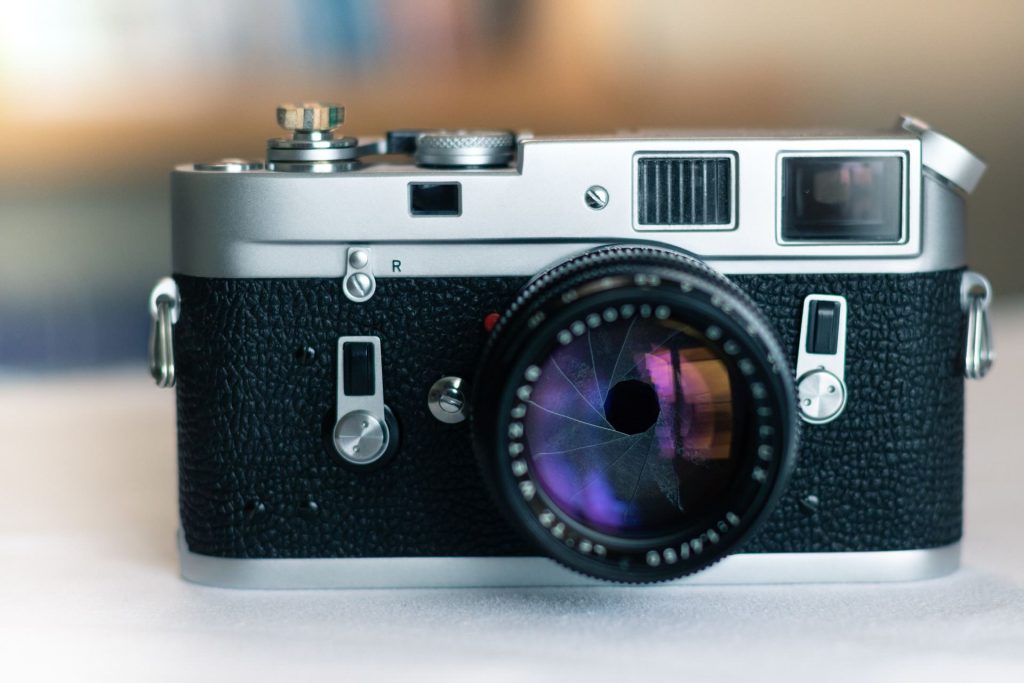





[…] pixel on your sensor captures light when you press the shutter button on the camera. Different cameras have different sensor sizes and so the physical size of the pixels themselves can […]
[…] with the four broad categories of digital camera, have a read first of my other post about the different types of digital camera. Having an understanding of the terms ‘compact, ‘bridge’, […]